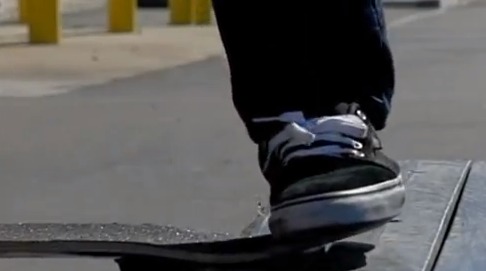Slide
Build a cardboard ramp slide to explore motion and friction using marbles, measuring slope angles and timing runs to compare speed.



Step-by-step guide to build a cardboard ramp slide
How I Make My Google Slides for Teaching | Top Requested Video!
Step 1
Gather all the Materials Needed and bring them to a clear table or floor space.
Step 2
Cut a rectangle of cardboard about 60 cm long and 20 cm wide with help from an adult.
Step 3
Fold both long edges up about 2 cm to make low sides for the slide.
Step 4
Tape along the folded edges to hold the sides up so the ramp stays open.
Step 5
Place one short end of the cardboard on a stack of books to make a ramp and make sure it is steady.
Step 6
Use the ruler along the ramp and the protractor at table level to measure the slope angle and write the angle in your notebook.
Step 7
Put one marble at the very top of the ramp and let it sit ready.
Step 8
Ask a helper to start the stopwatch exactly when you release the marble and stop it when the marble reaches the bottom.
Step 9
Write the run time in your notebook next to the angle you measured.
Step 10
Repeat the timed run two more times at the same angle so you have three times total.
Step 11
Change the ramp height by adding or removing one book to make a new slope.
Step 12
Measure the new slope angle with the protractor and write the new angle down.
Step 13
Do three timed runs at the new angle and record all three times in your notebook.
Step 14
Calculate the average time for each angle and decide which slope made the marble go fastest.
Step 15
Take a photo or write about your cardboard ramp experiment and share your finished creation on DIY.org.
Final steps
You're almost there! Complete all the steps, bring your creation to life, post it, and conquer the challenge!


Help!?
What can we use instead of the 60 cm × 20 cm cardboard or a marble if we can't find them?
If you don't have a 60×20 cm cardboard, substitute a stiff poster board or thin wooden board cut to a similar size and, instead of a small marble, use a larger ball bearing or a small bouncy ball while still folding or attaching about 2 cm high sides and timing runs as instructed.
Why does the marble sometimes stop or the ramp wobble, and how can we fix it?
If the ramp wobbles or the marble stops, stabilize the stack of books with a non-slip mat or clip the cardboard to a book, smooth the folded 2 cm edges and make sure the top release is consistent by letting the marble start from the exact top point you measured with the ruler and protractor.
How can we change the activity for younger or older kids?
For younger children, make a shorter ramp with fewer books, use a larger ball and do single timed runs with simple 'faster/slower' comparisons, while older kids can precisely measure slope angles with the protractor, run three trials, calculate averages, and analyze which angle gave the fastest average time.
What are some fun ways to extend or personalize the cardboard ramp experiment?
Decorate the cardboard, test different ramp surfaces or marble sizes, record and plot the average time for each measured angle in your notebook, and then take a photo or write about your results to share on DIY.org.
Watch videos on how to build a cardboard ramp slide
Tips for Kids by Kids: How to Make your Google Slides Dynamic
Facts about motion and friction
⏱️ Even a small change in slope (5–10°) can noticeably shorten marble run times — kids can see big effects with tiny tweaks.
🔺 An inclined plane (ramp) trades force for distance — it's one of the oldest simple machines and perfect for studying motion.
🌍 Gravity accelerates objects at about 9.8 m/s², so in ideal conditions marbles speed up the same way no matter their mass.
📦 Marbles usually roll slower on cardboard than on glass because cardboard creates more friction — try both to compare!
📐 Speed is easy to measure: speed = distance ÷ time — a quick way for kids to turn marble runs into mini science experiments.
How do I build a cardboard ramp slide to explore motion and friction with marbles and measure speeds?
What materials do I need to make a cardboard ramp slide for marble experiments?
What ages is a cardboard ramp marble experiment suitable for?
What are the benefits, safety tips, and variations for the cardboard ramp marble activity?


One subscription, many ways to play and learn.
Only $6.99 after trial. No credit card required



